Share
Tamron SP 15-30mm f/2.8 Di VC G2 Review
Many years ago while attending the Eddie Adams Workshop as a student, a well-known photo editor asked me why I was shooting so wide. “The silo lo...
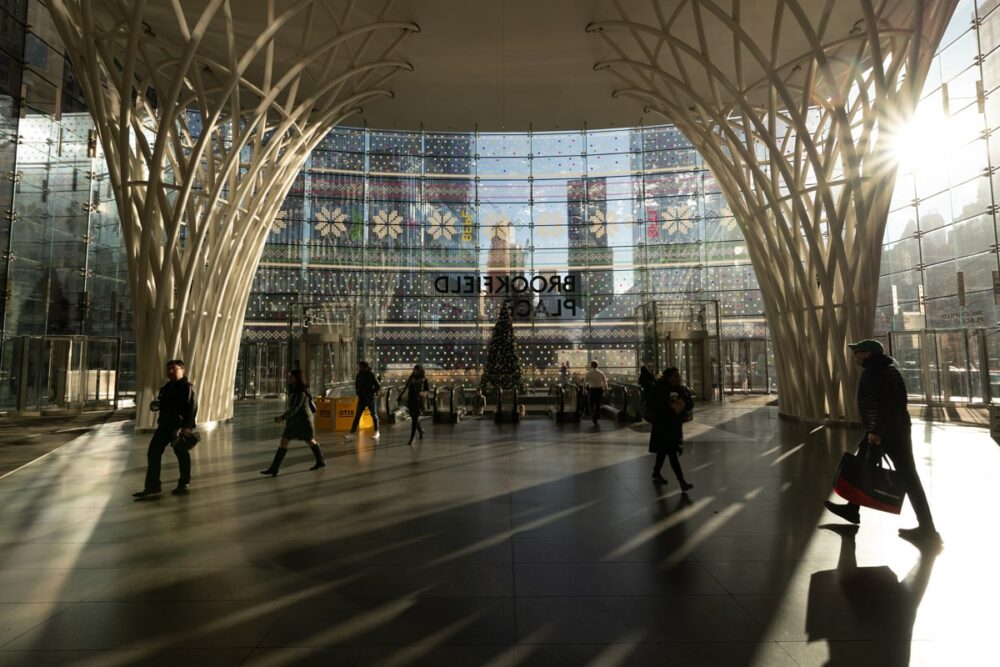
Many years ago while attending the Eddie Adams Workshop as a student, a well-known photo editor asked me why I was shooting so wide. “The silo looks like it’s falling over,” she said while reviewing my photos from the day. Here’s the photo from 2003:
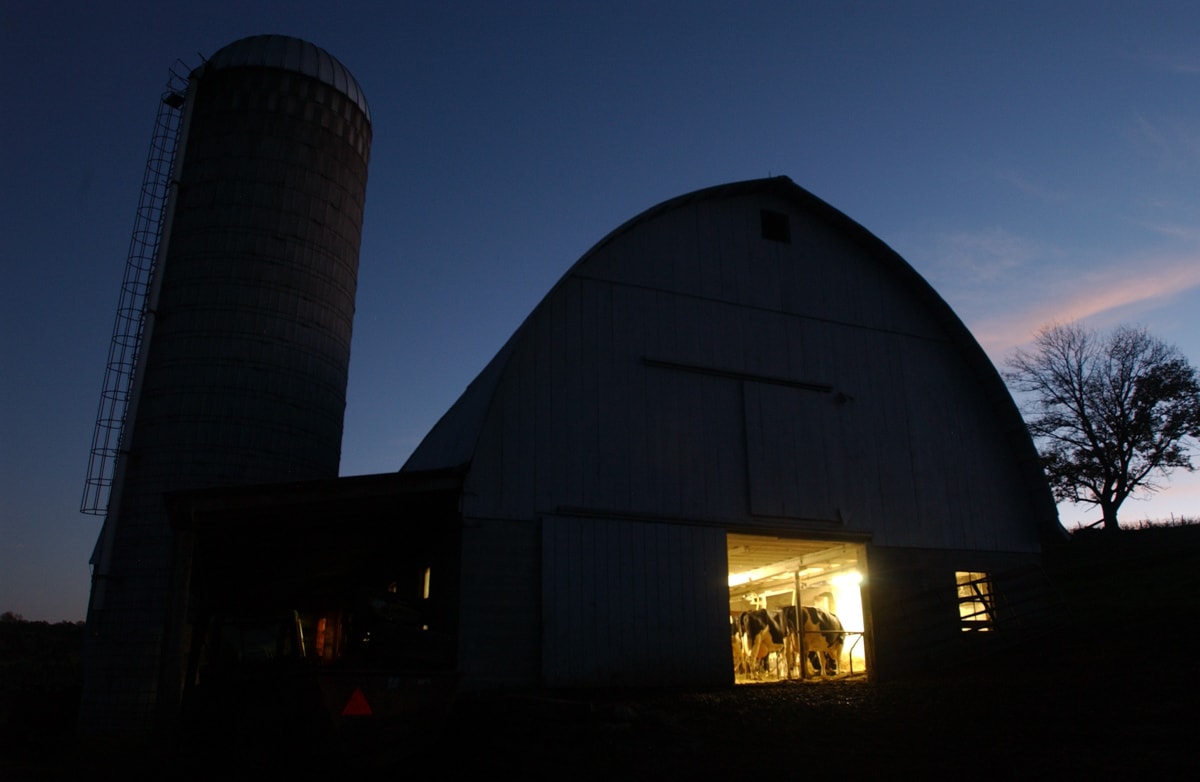
I was so accustomed to looking into the viewfinder and selecting my focal length without intent. This is where I am standing. My subject is over there. I dial in my zoom and press the shutter. Needless to say, I never became a professional photographer.
This is a long-winded way of saying that the new Tamron SP 15-30mm f/2.8 Di VC G2 (A041) is a very wide lens. I shoot frequently at the 28-35mm focal length, and while I was testing this lens, I had trouble “seeing” at 15mm, which led to some bad composition decisions. Foreground elements had a tendency to be comically large, or my subject seemed epically far away.

But let’s talk gear.

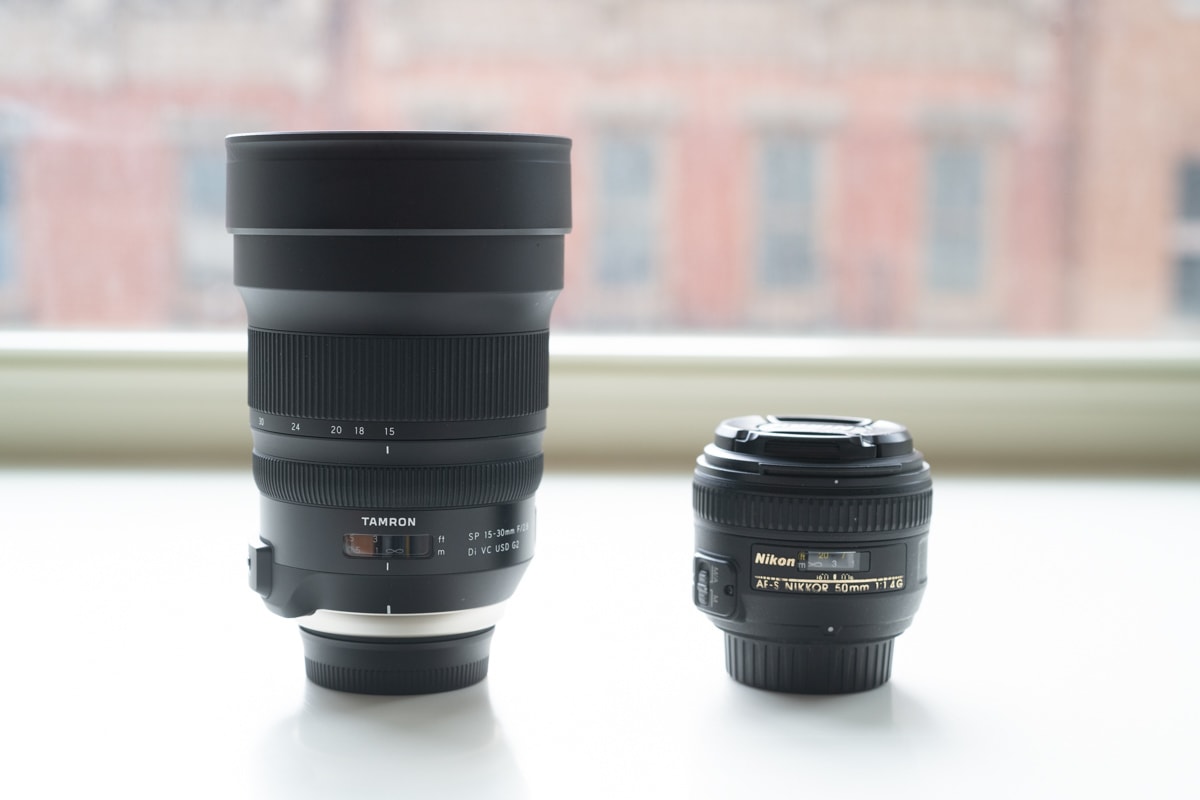
The zoom ring moves really smoothly, which isn’t the case with a lens like the SP 150-600mm Di VC G2. I’m still accustomed to the older Nikon designs which place the zoom ring in the back so I found myself fumbling for the ring despite the fact that it’s twice as wide as the focus ring.
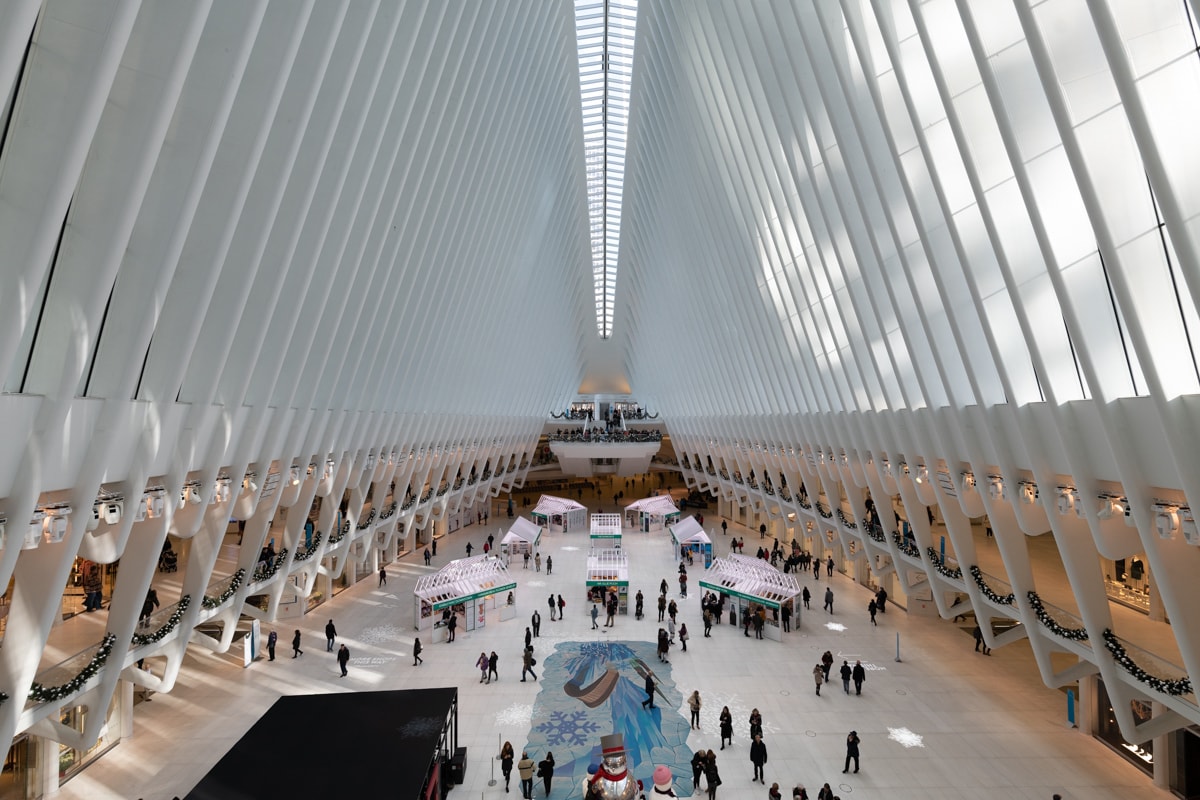
The built-in hood offers physical protection and of course blocks incident light. But like any wide lens, it’s susceptible to flaring around bright light sources. The G2 series is supposed to improve upon flare reduction owing to a slew of coatings but I didn’t have an older lens to compare it with. That said, the lens didn’t exhibit any unexpected flaring or ghosting.
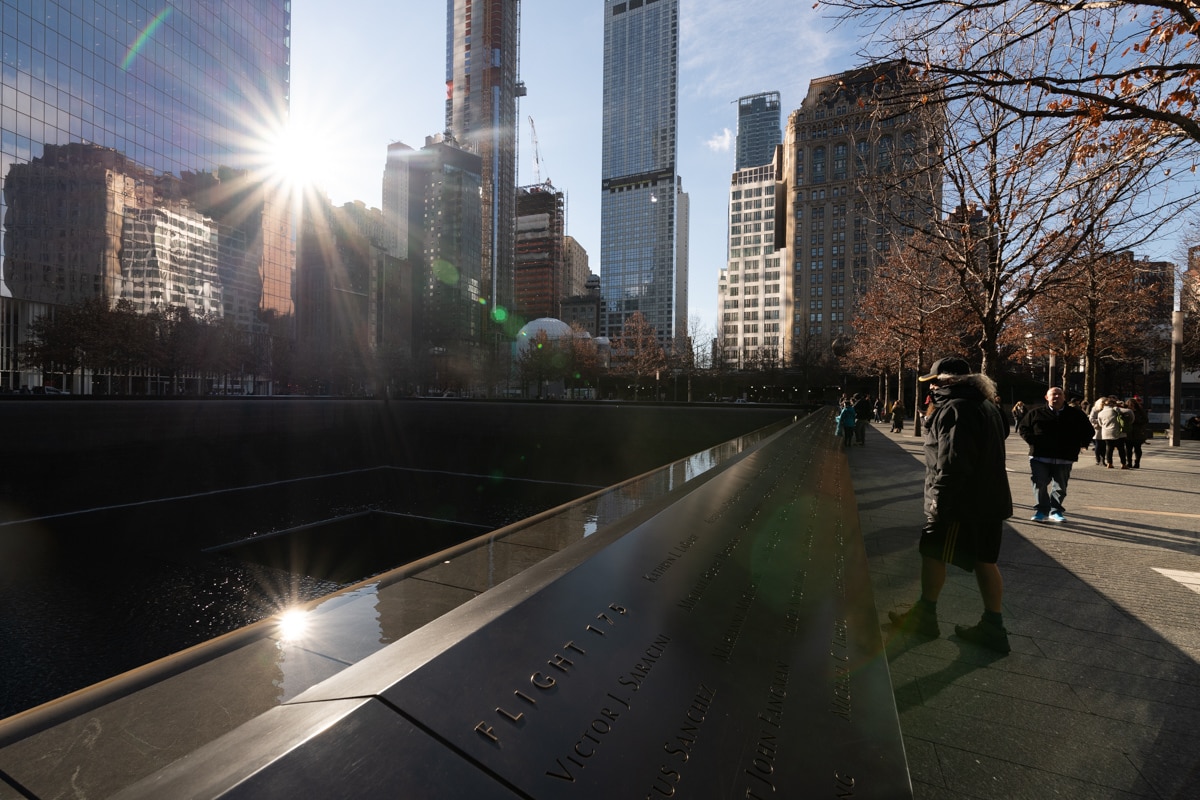
As with other G2 series lenses, the 15-30mm has minimalist, black and white stylings. It’s a handsome lens.
With its “Dual Multi-Processing Unit and new algorithms,” I found the focusing to be fast and accurate. The weather-sealed lens boasts 4.5 stops of vibration control (VC), and I was able to get consistent results handholding to about 1/3s.
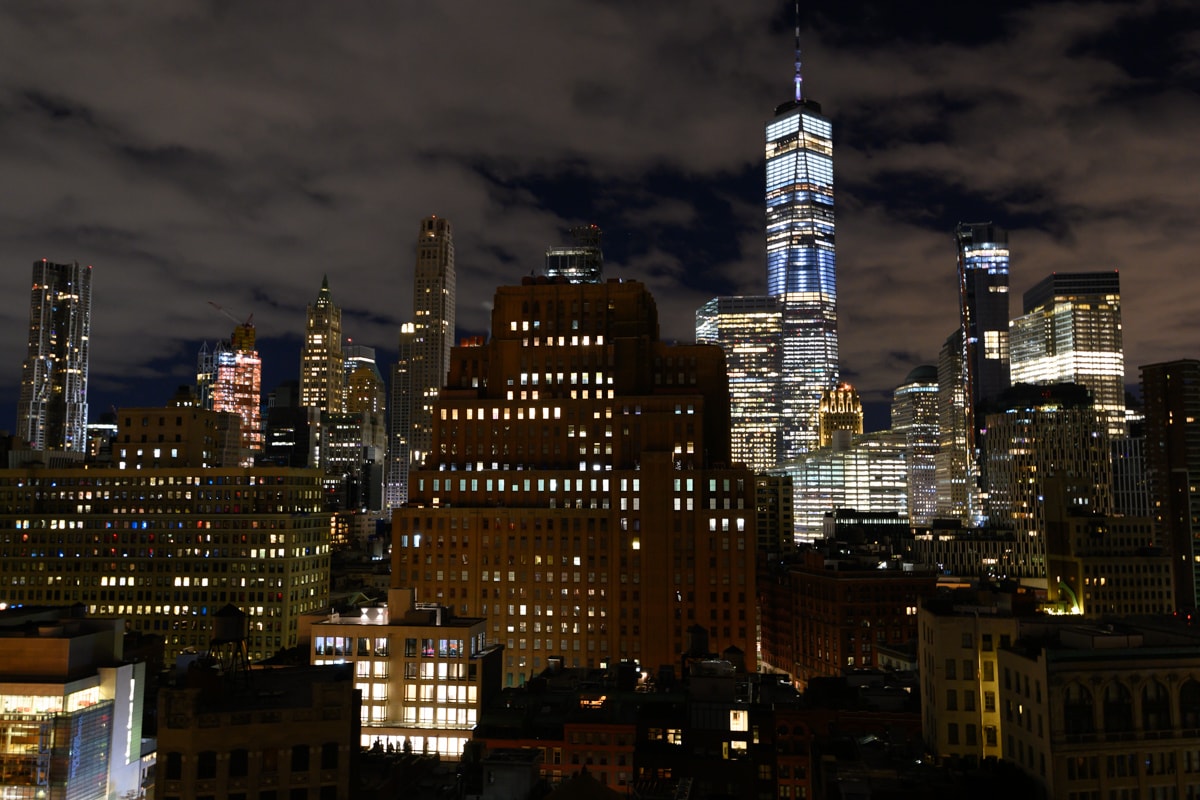
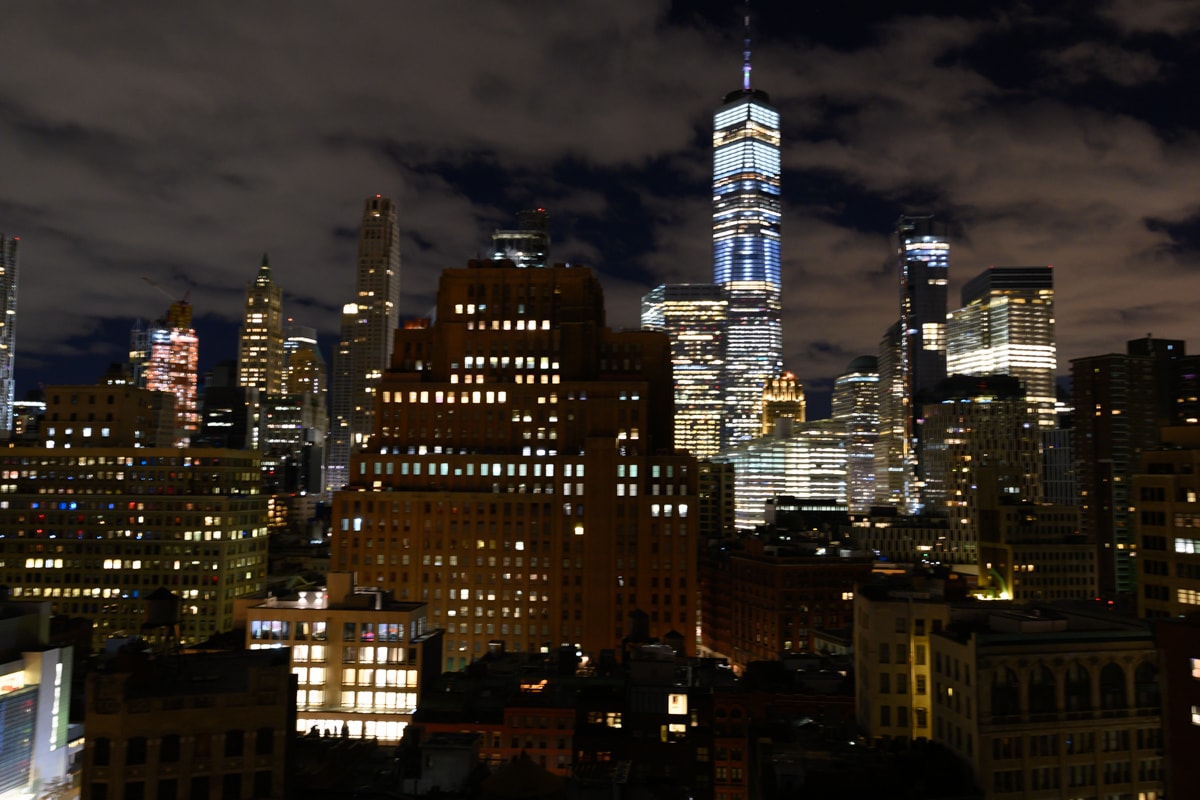
Vibration Control is more commonly associated with longer lenses, but Tamron has made a habit of sticking the feature on wide lenses like their excellent 35mm f/1.8. Some photographers find this to be a bit of a curiosity given that camera shake is less likely to be noticeable at wider focal lengths, but the feature is awfully handy in video mode. It’s almost like a mini-gimbal.
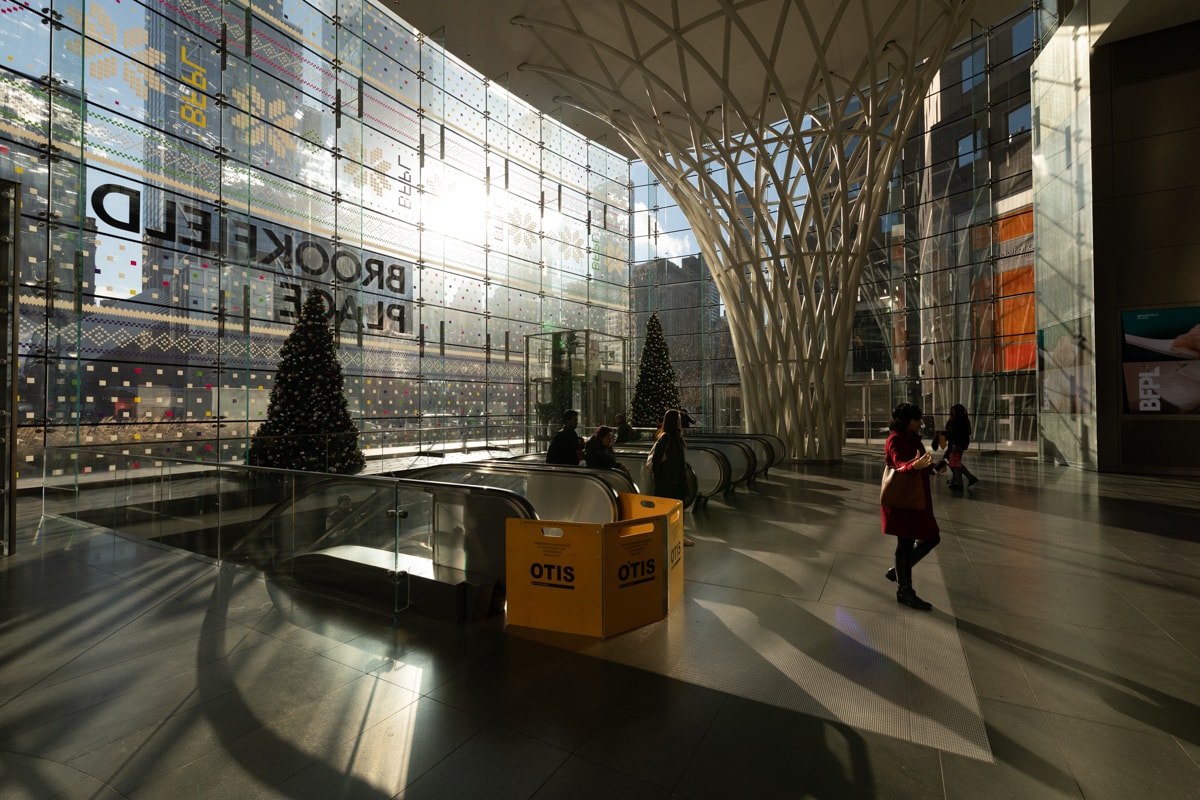
The lens worked great on my Nikon D850, but I had to upgrade the lens firmware to get it to operate with my Z7 as is the case with other Tamron G2 lenses. The bokeh is creamy with no noticeable visual quirkiness.

The lens is very sharp in the center. At 15mm, the lens is a little soft at the edges even stopped down. At 30mm, I found the lens to be pretty darn sharp throughout.

Also of note: the lens has a punchiness to the rendering. Even in flat scenes, there was a nice contrast (but not overly so) to the images.
I used to be skeptical of third-party lenses. But after testing a number of Sigma and Tamron lenses in the past few years, I can tell you that many of their lenses are on par (or better than) the brand name options at a fraction of the cost. I actually own three Tamron lenses.
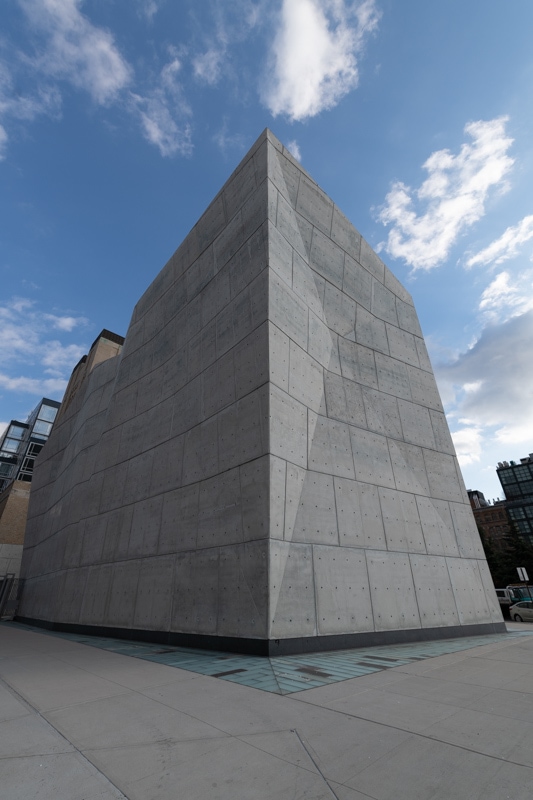
The 15-30mm f/2.8 Di VC G2 is a solid performer at a great price. That said, it’s not for me because of how and what I shoot. I have no doubt that a great landscape photographer could do incredible things with this lens, but in an urban setting, I found myself constantly aiming up at buildings because the perspective “distortion” didn’t bother me at that angle.
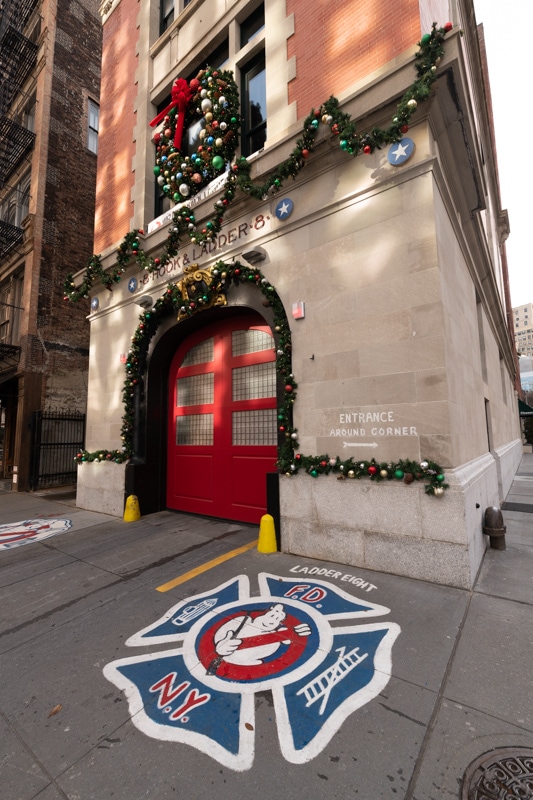
Some wide-field astrophotographers love the 14-24mm length, but I’d trade an extra stop of light in a prime over the zoom. Architecture photographers might find this lens intriguing if they weren’t overly concerned with accurate proportions, and real estate photographers could certainly make a tiny NYC apartment look enticing by going wide with this baby.
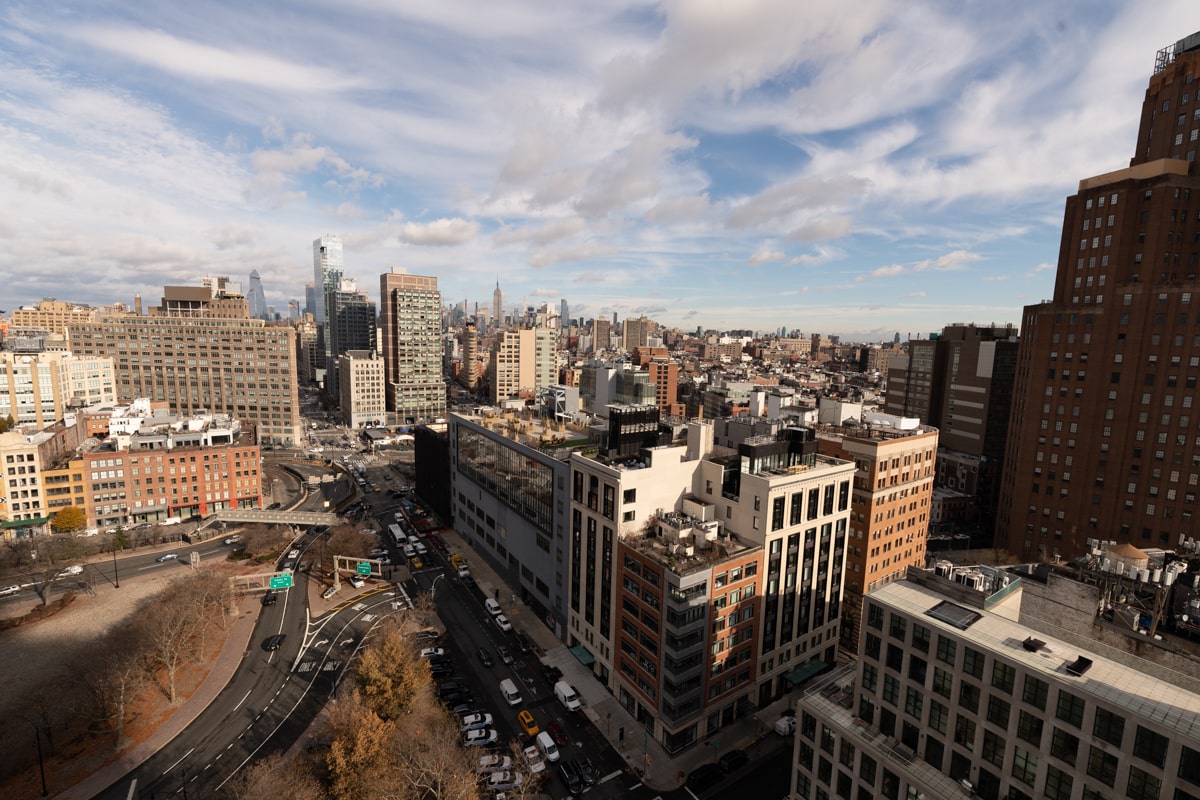
If I needed an ultrawide zoom, I’d pick this one. The Nikon 14-24mm f/2.8G ED was introduced in 2007. It’s more expensive and doesn’t perform as well. The Sigma 14-24 f/2.8 DG HSM Art is a strong contender, but I personally find the VC on the Tamron, plus the longer reach to be more useful than the extra 4 degrees of FOV on the wide side.
Your individual needs will obviously determine which lens is best for you, but you could hardly go wrong with this lens.


